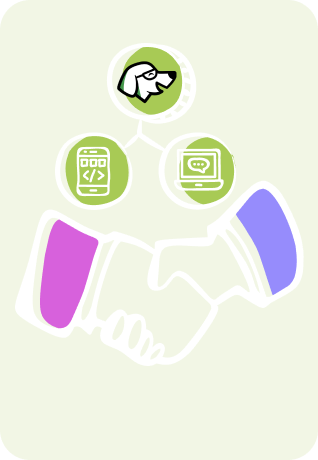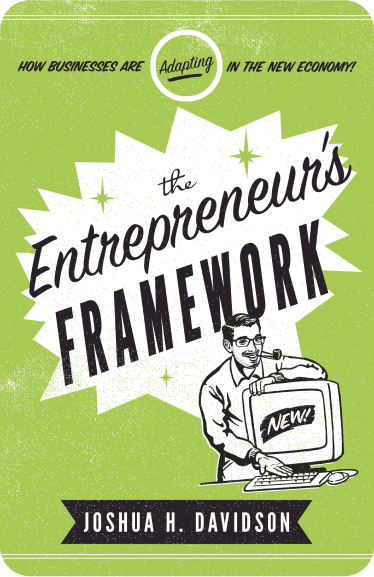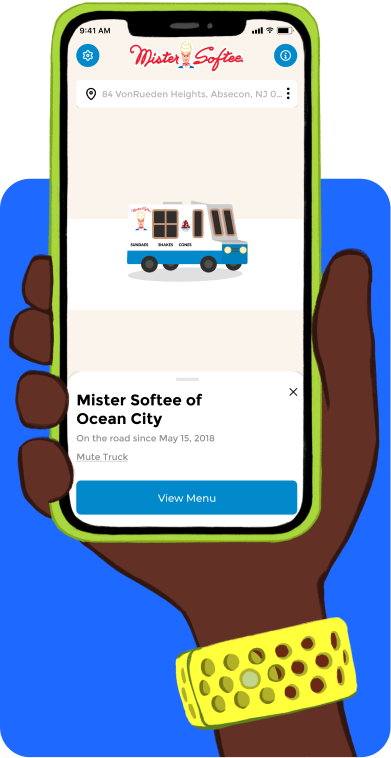As 2022 winds down, it’s a good time to take a look at the biggest 2022 mobile app trends. It is common to see predictions for coming years, but we think it is just important to understand where things stand in the mobile app market right now!
So, what exactly did consumers want, what did companies believe they wanted, and what exciting innovations have gripped the world of apps over the last 12 months?
Let’s take a look!
Mobile Learning
The Covid Pandemic escalated trends which were already happening with incredible speed. One of these trends was a focus on digital learning. This applies to both individuals and instititions.
For example, the famous language-learning app Duolingo had a 55% increase in revenue in 2021. Data also shows that, an increasing number of parents are pulling their children out of public school entirely.
Some are opting for online high schools and degree programs. Many adults are also opting for online classes to change careers or simply embrace new hobbies and interests as well.
The result is that everything from apps to entire online curriculums have become a large part of our society. According to Statista, by 2026, the total market for eLearning worldwide is expected to grow by over $370 billion.
The primary purpose of mobile learning is to make learning more accessible to people via desktops and mobile devices. They can learn at any time and study seamlessly on-the-go.
Currently, there are almost 7 billion smartphone users globally. As many people around the world are looking for low-cost ways to better themselves, it makes sense that the mobile learning sector is only expected to grow.
5G is Already Here
Some said that 5G will change everything. Others said that it would do nothing at all. Interestingly, it also took fire in the community of conspiracy theorists, making it a somewhat controversial advancement.
As of the end of 2022, 5G has yet to conquer the world. However, it is still a hot a topic and its use is expected to become more widespread over the coming years.
In fact, it is estimated that 5G will grow to 40% of all mobile connections in Europe and 15% of all mobile connections globally by 2025.
Currently, the US, China, and South Korea are amongst the world’s top implementers of this technology. But, why exactly? What is at stake in the 5G race?
According to estimates published in an Informa Tech research paper, 5G technology could be responsible for 22.3 million jobs and $13.2 trillion of global economic output by 2035.
Many smaller countries are even trying to join the race and make sure their citizens can access high-speed internet networks. This includes countries like Sweden, Turkey, and Estonia.
Building these infrastructures to create a 5G future has been a huge trend in 2022, and it is one that we will likely only see more and more in the years to come!
Voice Technology
Voice technology is a lot bigger than many people realize. The global voice recognition market size was forecast to grow from $10.7 billion U.S. in 2020 to $27.16 billion U.S. by 2026.
So, what exactly is voice technology?
According to Onix Systems:
Voice recognition refers to the ability of a specific device to receive and interpret spoken directives. Simply put, voice recognition technology enables people to use voice commands to operate devices and perform internet searches.
If you love Siri and other digital assistants, you have already been using this technology for some time. It is now something that many corporations around the world are leveraging.
For example, Amazon did an incredible job entering this market with Amazon Echo, their smart speaker. Meta also invests heavily in this space, but without a clear strategy. They do, however, produce a lot of open-source software and have talked about integrating a voice assistant into Occulus for some time.
In finance, this can be seen around the world too. For example, Westpac Banking Corporation in Australia integrated all of its accounting services with Alexa.
A company called Garanti in Turkey even launched a mobile app allowing users to bank via voice and even buy and sell foreign currency.
Augmented and Virtual Reality
AR and VR pop up year after year as a mobile development trend, and for good reason. Innovation in this space is immense and interest grows seemingly day by day.
In fact. according to data from Statista, the global AR and VR market will reach $296.9 billion U.S. dollars in 2024.
AR and VR have so many potential applications. This includes things like gaming, diagnostic medicine, and business.
For example, one of the most viral mobile games in the US over the last several years is Pokemon Go, an Augmented Reality mobile game.
Games like this, have been, and remain, incredibly popular in Asian markets, especially Japan. When it comes to medicine, future surgeons could train in augmented reality environments as students for example.
These technologies also offer businesses many benefits, such as:
– a more efficient and comfortable customer experience
– increased sales due to empowering virtual product interaction
– improved communication and collaboration between employees in virtual workspaces
– comprehensive analytics to understand consumer behavior and promote them products that they actually want
The fact of the matter is, AR and VR have almost limitless applications and possibilities. We have only really begun to scratch the surface of what these things can do!
Cashless Society Mobile Apps are Amongst the Hottest 2022 Mobile App Trends
P2P payment apps like PayPal or Venmo empower users to transfer money. They do this from their cards or bank accounts that are connected to the app.
With P2P payment apps, people can do things like shop online, pay for products or services, give gifts, and even pay rent.
It’s no secret that these have skyrocketed in popularity.
There are a variety of P2P mobile apps. This includes:
- Mobile OS systems with built-in payment systems like Apple Pay or Android Pay
- Social media platforms with built-in payment features that allow users to make payments without leaving an app (WeChat)
- Standalone vendors via apps that have their own payment system, like PayPal
- Bank-based apps where the bank is one of the third parties that perform transactions (Zelle)
Consumers want flexibility not only in how they pay but when.
Buy Now Pay Later Apps
There have truly been massive shifts in how consumers and users make payments. On top of all of these apps, there has been a wide range of ‘Buy Now Pay Later Apps’ introduced. This includes apps like Klarna, Afterpay, Affirm, and Zip.
These apps often partner with different retailers to allow users to pay off things in installments, with no credit card required. This is actually an incredibly lucrative market in itself.
The Consumer Financial Protection Bureau recently surveyed five lenders, including PayPal and Afterpay that offer buy now, pay later plans and found that the total volume of such loans they offered surged from $2 billion in 2019 to $24 billion in 2021. One estimate suggests the total market will hit $1 trillion by 2025.
All in all, apps that empower users to abandon cash and use their money in new ways are thriving.
Specifically, when it comes to Buy Now Pay Later Apps, a big part of their rise is probably that many people around the world are struggling to afford the basic necessities of life, let alone fun extras.
Final Thoughts on The Hottest 2022 Mobile App Trends
Ultimately, the hottest 2022 mobile app trends reflect just how deeply apps have become integrated into our lives. Two of the most basic things humans do are learn and exchange money. In 2022, a lot of that happened via apps.
Most of these trends and hot topics will continue to grow in the coming years, especially when it comes to 5G. It will likely be some time before 5G is the global standard, but it is undoubtedly continuing to spread.
We will also see voice technology, AR, and VR, continue to be widely used across a range of industries. This includes gaming, marketing, medicine, communications, finance, entertainment, and more.
It will surely be an exciting 2023!
What do you think? Comment below.
Since 2009, we have helped create 400+ next-generation apps for startups, Fortune 500s, growing businesses, and non-profits from around the globe. Think Partner, Not Agency.
Find us on social #MakeItAppn®

















